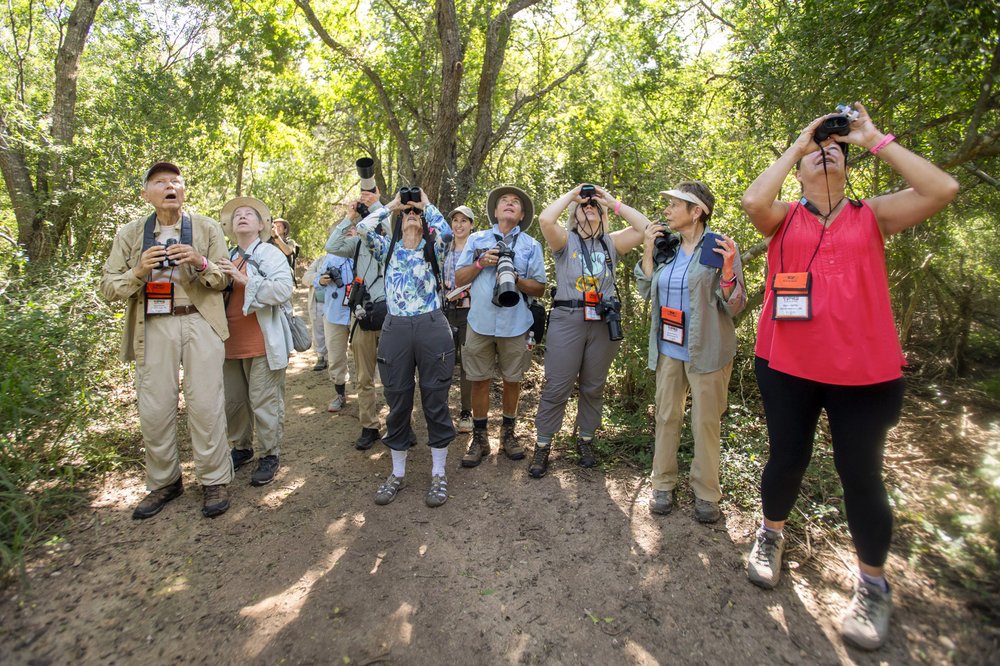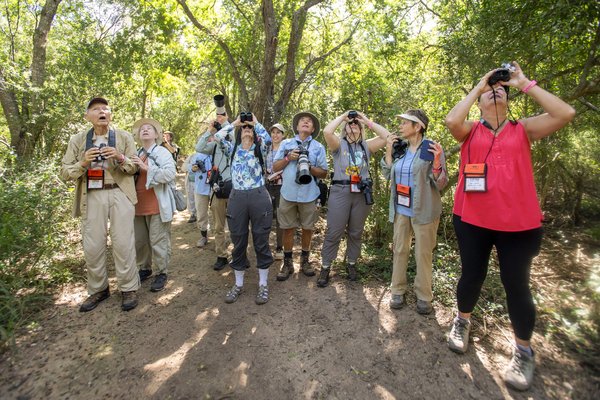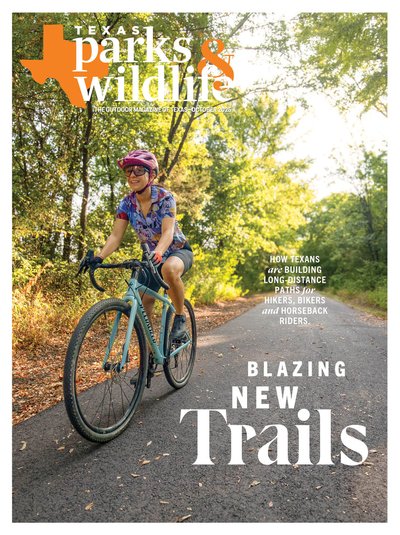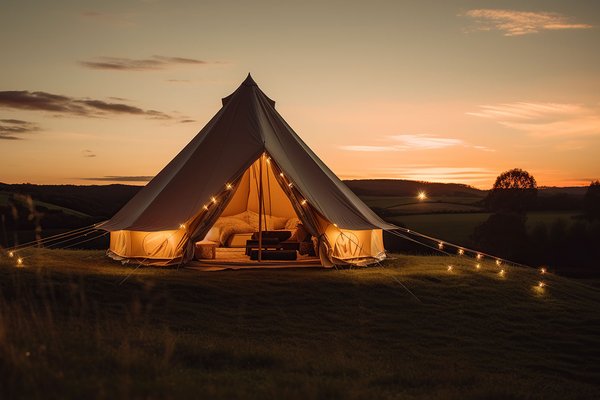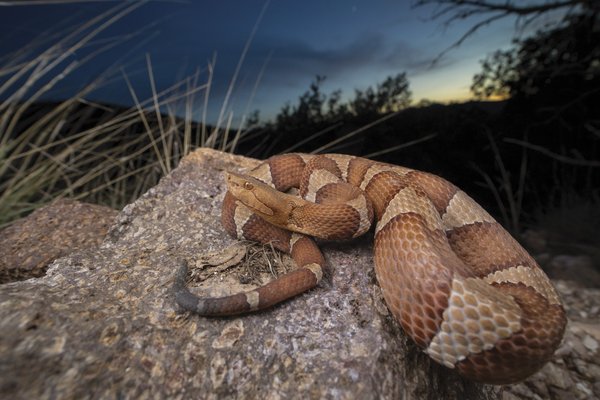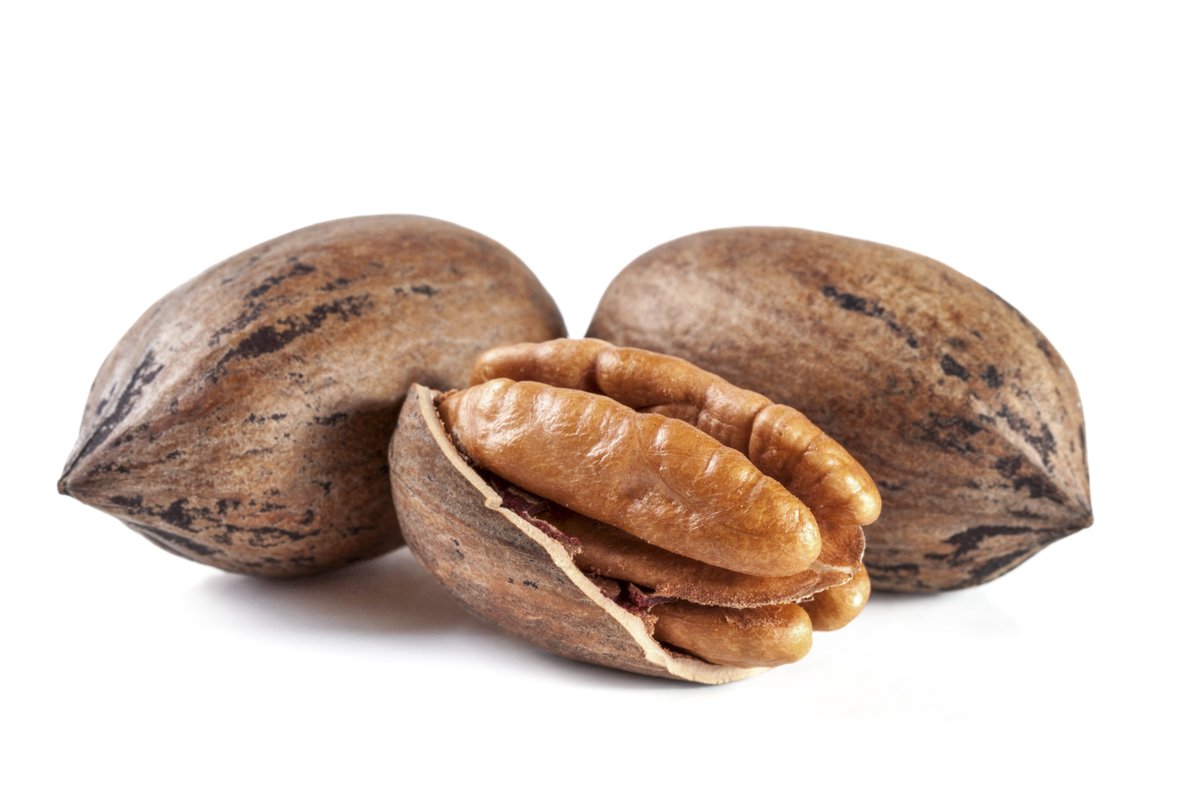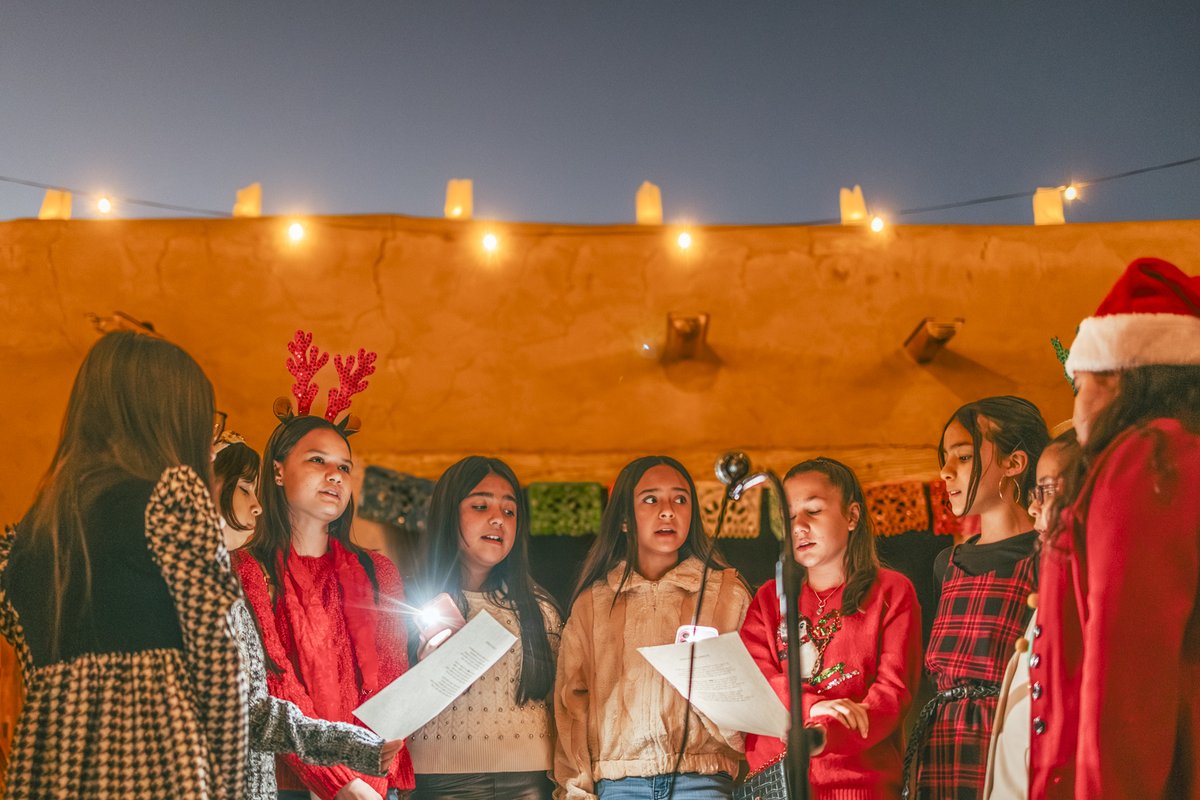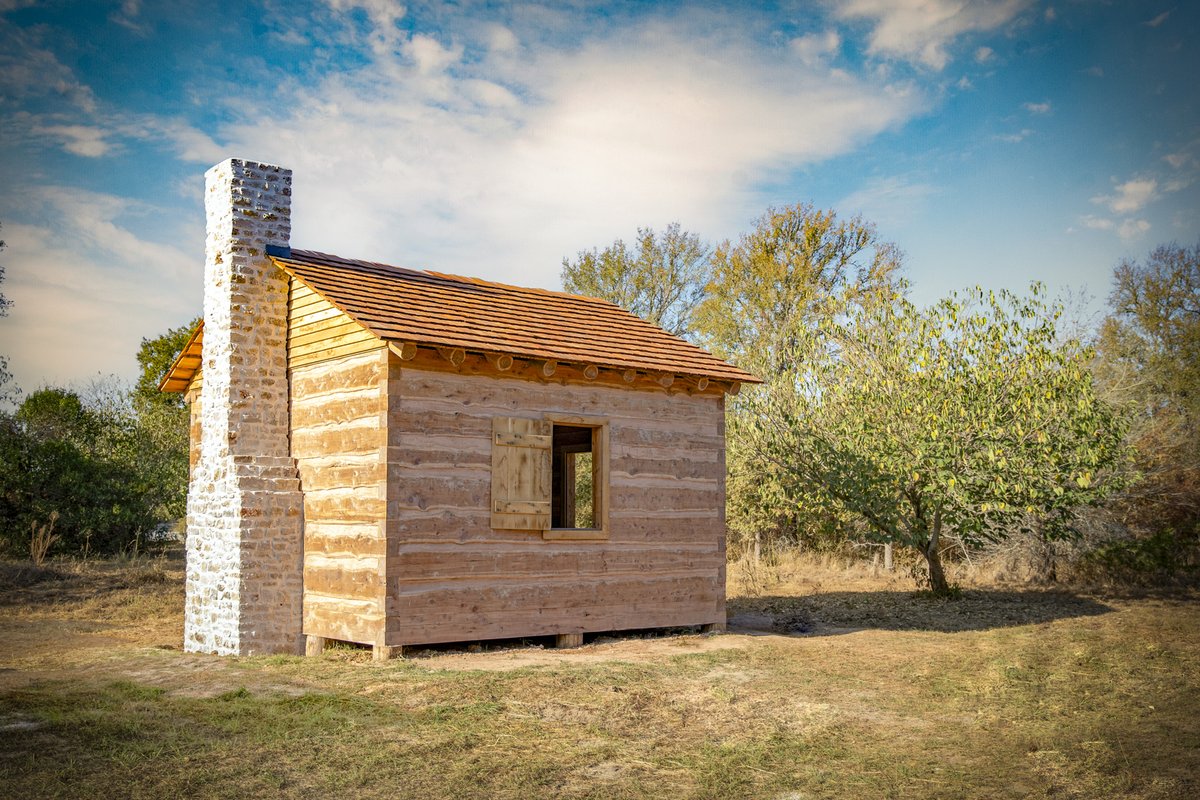It's a hot, sunny October afternoon in the Lower Rio Grande Valley. Remnants of summer cling to my skin like pollen on a butterfly’s proboscis as I meander through the gardens of the National Butterfly Center in Mission. All around me, hues of neon yellow, bright orange and soft white dance in the blue skies above.
“Isn’t it beautiful how they’re everywhere?” I hear someone exclaim behind me. “I want to try and catch one.”
It is my first time seeing so many different varieties of butterflies concentrated in one place.
I'm here attending the 28th annual Texas Butterfly Festival, which has been hosted for many years at the National Butterfly Center. Each autumn, the festival offers attendees a three- to four-day event packed with anything and everything butterfly-related. The festival consists of a family-friendly Community Day and various activities for all stages of butterfly enthusiasts, including guided field trips spearheaded by expert lepidopterists, who take guests to local nature parks and private gardens that are home to numerous plants and butterflies native to the Lower Rio Grande Valley.
The Valley is a special place for butterflies for the same reason it’s a special place for birds — the region’s tropical climate. The Lower Rio Grande Valley marks the northernmost range for tropical butterflies, while also acting as the southernmost range for northern species. Many species of butterflies migrate through, and hurricanes and other storms blow occasional butterflies into the region. The result is a species count reaching over 300. The Rio Grande Valley contains a greater diversity of butterflies than anywhere else in the country.
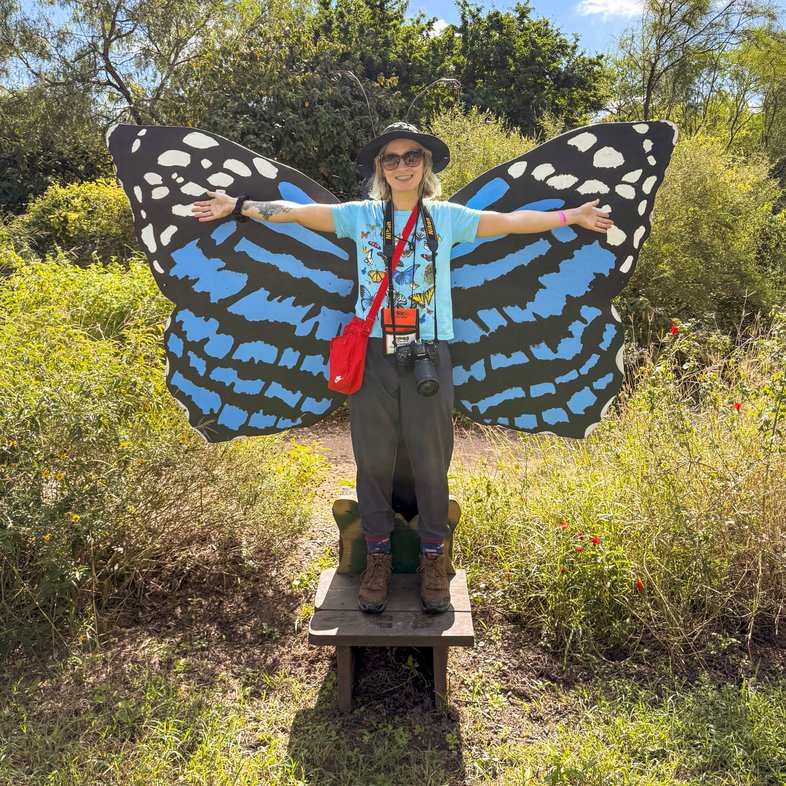
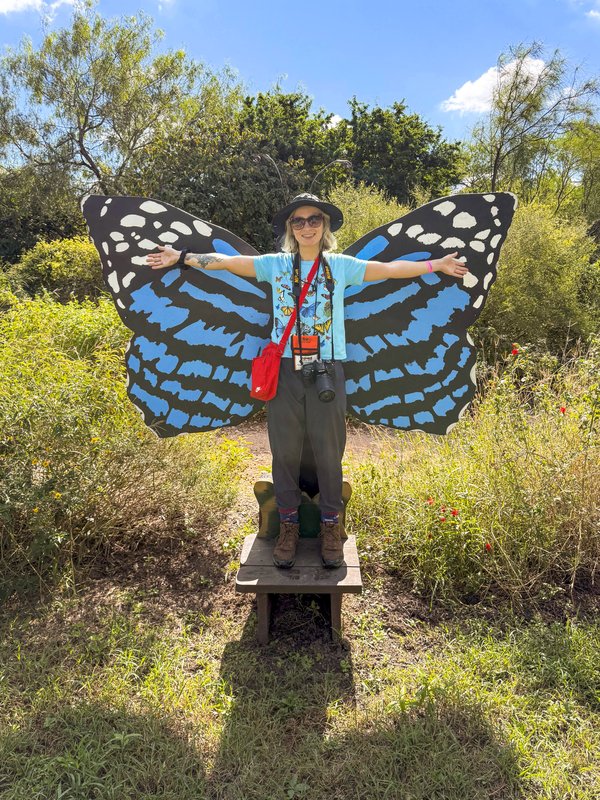
The author poses with a colorful butterfly art piece.
The author poses with a colorful butterfly art piece.
FIRST DAY
THE FIRST DAY of the festival kicks off at the National Butterfly Center’s Chrysalis Visitors Pavilion.
Hailed as the “Butterfly Capital of the United States,” the center is a nature preserve located adjacent to Bentsen-Rio Grande Valley State Park. It is operated by the North American Butterfly Association with a core mission to facilitate connections between people, plants and the “winged wonders that pollinate and propagate all that grows around us.”
In addition to the plant and animal exhibits located inside the visitors center, outside, guests can hike through the Upper or Lower Hackberry Trail, explore the front and back butterfly gardens or shop for Texan plants at the native plant nursery.
I chase a few butterflies along the Lower Hackberry Trail before arriving at the outdoor classroom, where Community Day is in full swing.
Kids of all ages flutter past in every direction wearing colorful butterfly capes, fuzzy antennae headbands and painted faces. Educational posters spell out the butterfly life cycle, and local students are teaching attendees about all there is to love about butterflies.
Did you know that butterflies taste with their feet? Did you know that butterfly wings are covered in tiny scales, and each scale is a single color, either red, yellow, black or white?
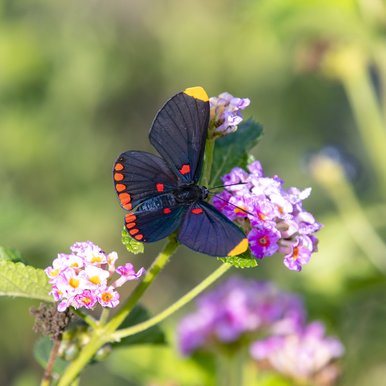
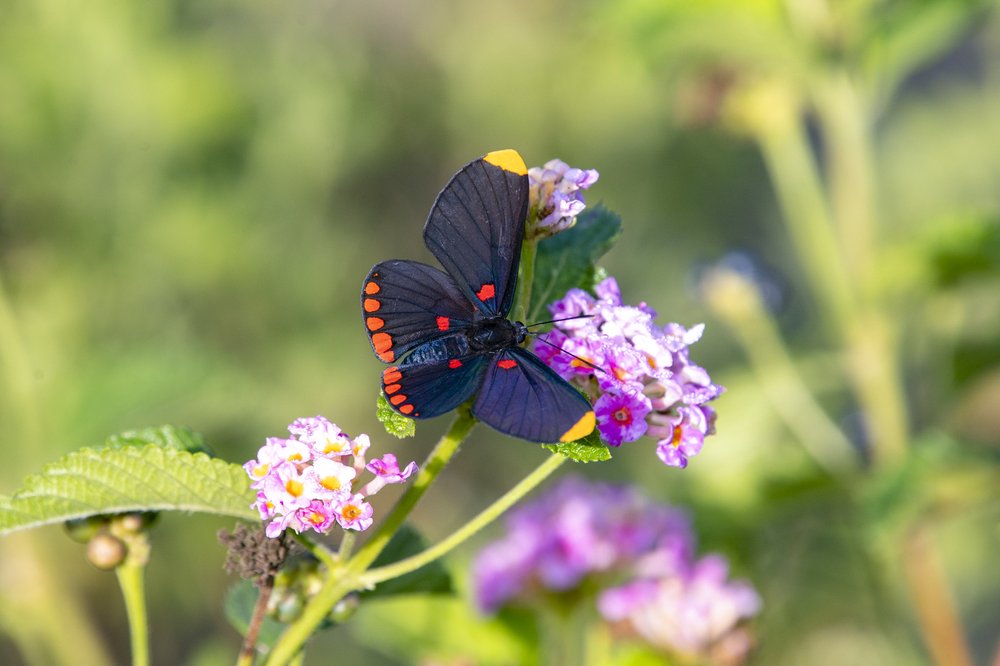
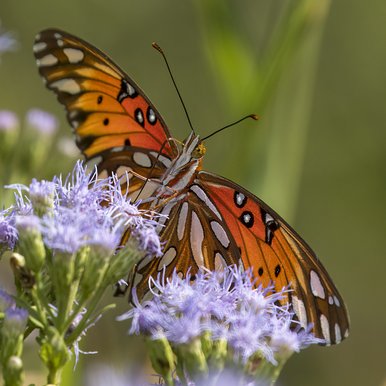
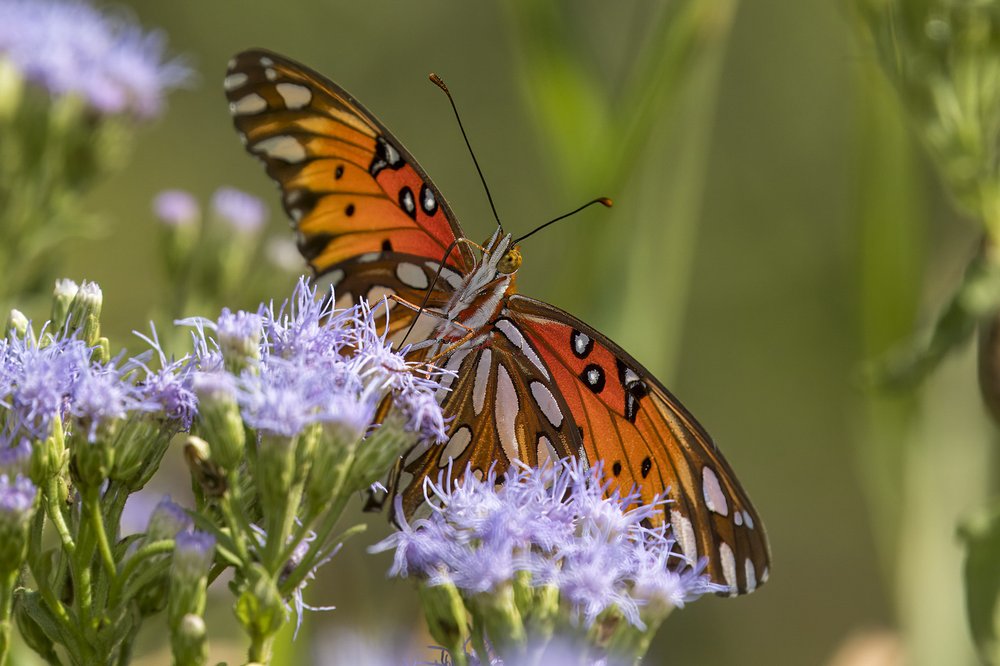
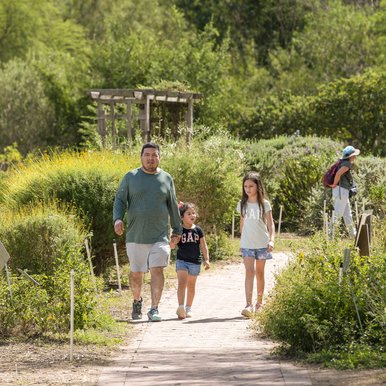
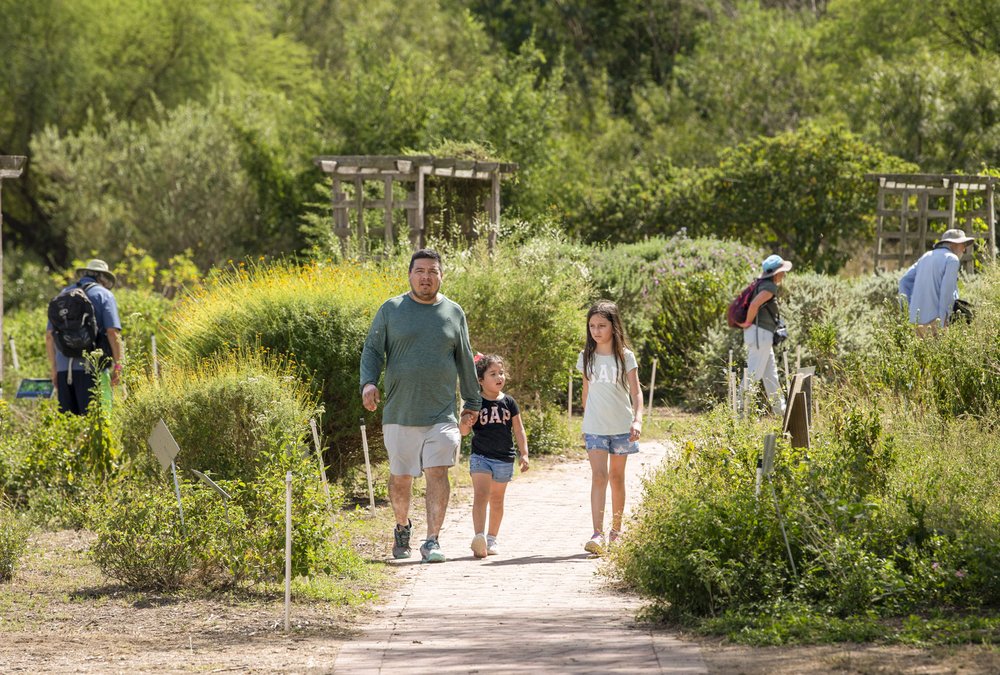
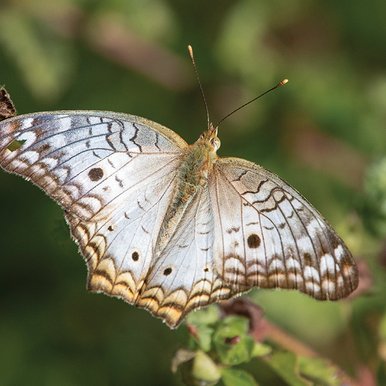
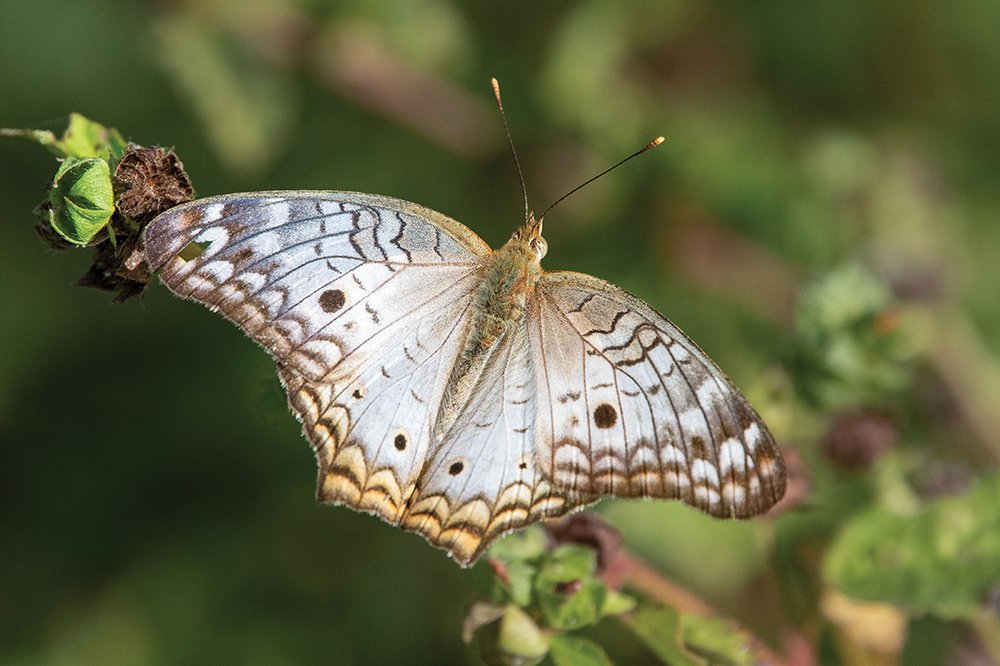
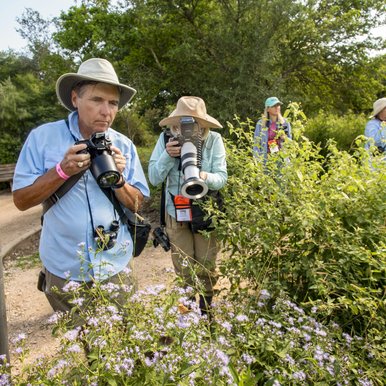
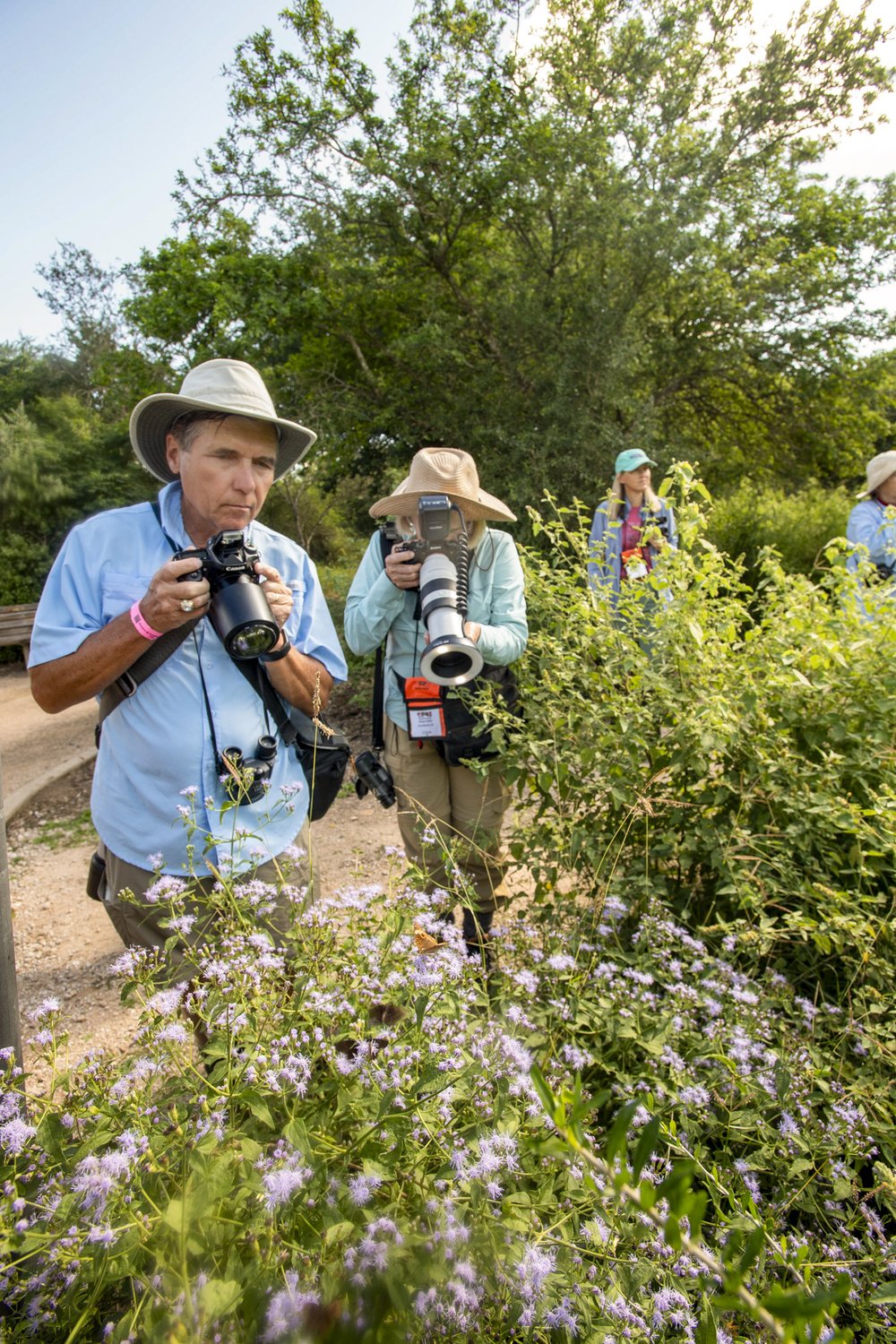
Later that evening, I meet Jefferey Glassberg, the founder of the National Butterfly Center and the North American Butterfly Association. In addition to pioneering and patenting work in DNA fingerprinting, Jefferey founded the North American Butterfly Association in 1992 to engage the public in support of conservation, and later founded the butterfly center, which officially opened to the public in 2004.
“Butterflies make me feel good,” Jefferey says between bites of Mexican wedding cookies. “It’s a lot of fun. That's what I do — go chase butterflies around the country. But seeing all the normal people having a good time, and laughing, and looking at butterflies, and photographing them, that’s what makes me feel the best.”
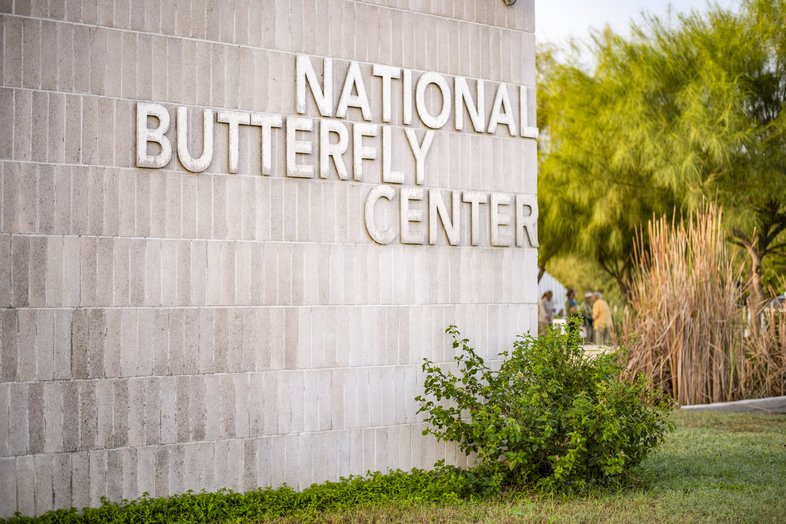
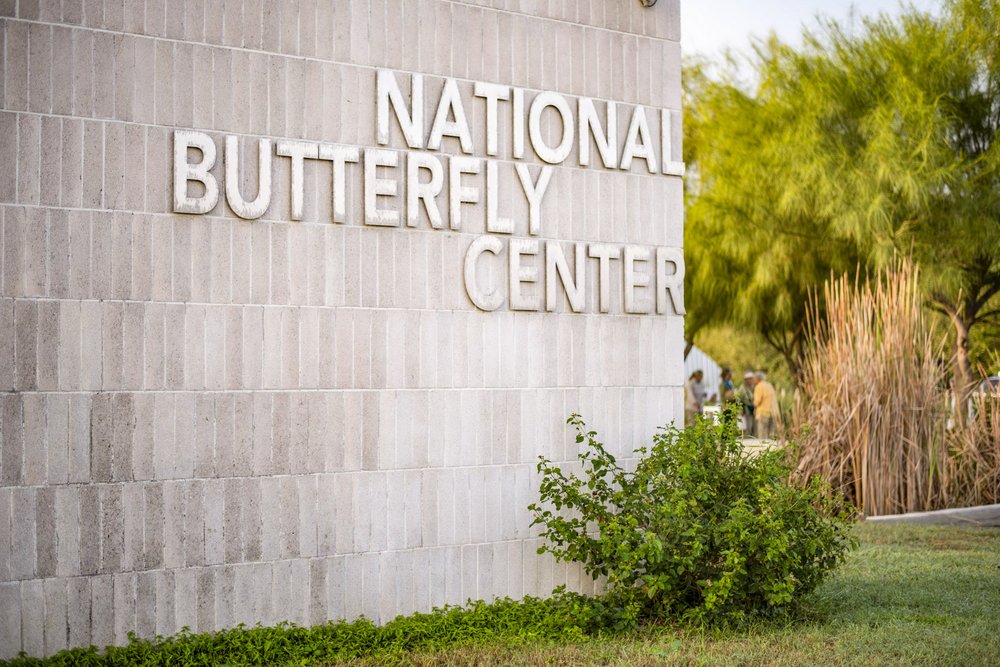
SECOND DAY
BRIGHT AND EARLY the next day, I arrive at the butterfly center and locate the cohort that I will be joining for the field trips, and we depart for Bentsen-Rio Grande Valley State Park.
Loud squawks from plain chachalacas and Altamira orioles greet us as we arrive. Native subtropical trees not found anywhere else in North America, like the Montezuma bald cypress and Texas wild olive, shade the marked trails ahead as we begin our search for butterflies native to the area.
As I hike through the canopied trails, I notice that everyone is immersed in their own world. Some are peering through their binoculars or snapping photos with their impressive cameras, while others are busy studying their butterfly guidebooks or scanning the foliage for movement.
“We’ve got a sickle-winged skipper over here! A lot of sickle-winged skippers. A white peacock, great purple hairstreak here as well,” shouts Kristi Baker, one of the butterfly guides who is taking us through the trails that day, describing butterflies sporting shades of copper, white-and-orange and iridescent blue.
We spend several more hours hunting for butterflies at the state park and Edinburg Municipal Park, with Kristi alerting the group to all the different species along the way.
At the Lep and Learn Dinner that night, I learn about the history of butterfly collecting, the pressures butterflies and insects still face today, and the challenge of educating people about the ecological importance of butterflies.
THIRD DAY
SUNDAY ARRIVES, and we’re heading to Roberto’s private butterfly garden.
Roberto Gaitan’s densely grown native plant garden is thriving. Massive lantanas reach for the sky in full bloom; tiny, lush frogfruit flowers completely cover the grounds; and purple, compact crucita shrubs dot the yard.
“When we bought this place, it had about five or six different native plants,” says Gaitan, president of the Rio Grande Valley Chapter of the Texas Master Naturalists. “And now have over 200.”
As I continue my trek through Roberto’s yard, I can’t help but to be in awe. The countless butterflies fluttering in the air, collecting nectar from the flowers nearby, create a kaleidoscope of swirling color.
“It’s really cool being able to give back to the community with the Butterfly Festival and bringing folks from all over the U.S. to witness these rare butterflies,” Roberto tells me.
We leave Roberto’s butterfly yard and go back to the National Butterfly Center for our own nectar: frozen margaritas at the Border Milk Happy Hour, where we learn even more about butterflies.
Keynote speaker Luis Ricardo Murillo, a professor of entomology and wildlife management at the University of Costa Rica, has lived a life dedicated to butterflies. He researches the many types of butterflies found in Costa Rica, including the iconic blue morpho. After his presentation, and after my disappointment of not winning the hand-painted butterfly painting at the silent auction, I sit down with Luis to chat about his fascination with butterflies.
“I’m obsessed,” Luis says. “I'm completely obsessed. Whatever, whoever is around me is going to learn about butterflies. I need to talk about butterflies, and I talk about butterflies every day of my life.”
It is Luis’ first time in the Lone Star State, and his first time attending a butterfly festival.
“To be in a place where there are so many butterflies is like my paradise. I learned things that I might bring back to Costa Rica to try to apply them there, to try to make this happen in Costa Rica in some way.”
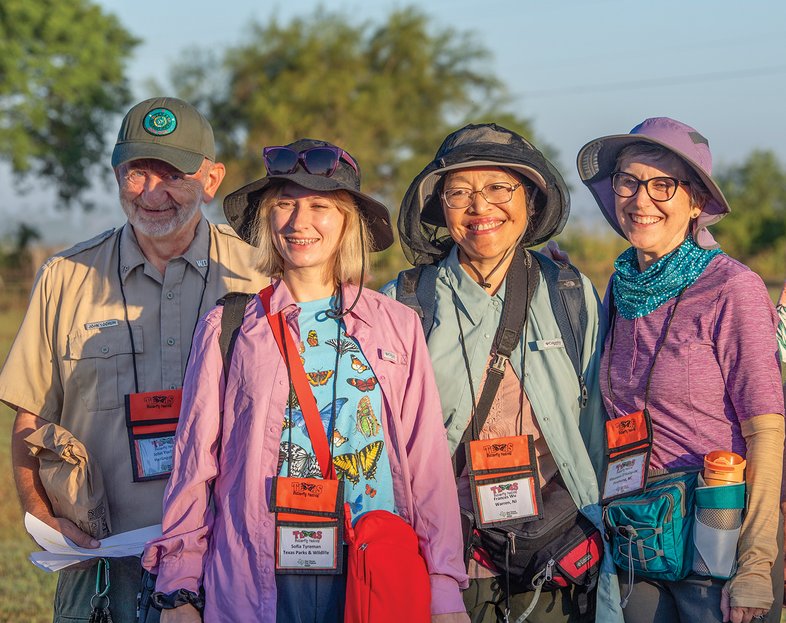
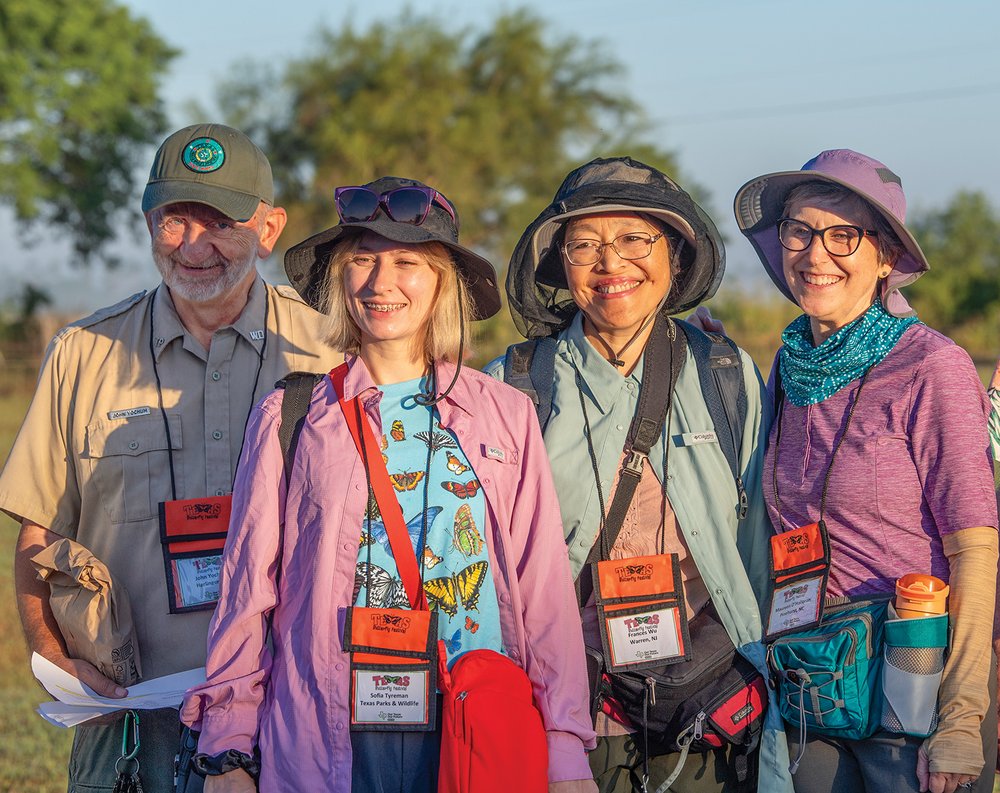
Festival attendees are ready for action.
Festival attendees are ready for action.
LAST DAY
ON THE LAST day of the festival, I arrive at the National Butterfly Center and say hello to a few now-familiar faces. I notice a large sign that I somehow missed during the weekend excitement: the National Butterfly Center’s Big Board of Butterfly Species.
Covered with colorful tally marks, the board represents the different butterfly species seen in any two-week period at the center.
In October 2024 alone, the center witnessed over 104 different butterfly species, ranging from well-known butterflies such as monarchs and giant swallowtails to lesser-known species like the xami hairstreak and the blue metalmark. Astoundingly, the Lower Rio Grande Valley attracts over 150 species of North American butterflies not found anywhere else in the United States.
“We’ve had first U.S. [sighting] records in butterflies,” says Stephanie Lopez, interim executive director of the National Butterfly Center. “The one that I most remember was the white checkered-skipper. And that’s because it was the first U.S. record, the first time they’ve ever seen it. And it was here in our gardens.”
In addition to the one-in-a-million sighting of the white checkered-skipper, the Lower Rio Grande Valley is also the only place in North America where you can find the red-bordered pixie and the Mexican blue wing butterfly.
It’s no wonder that Mission, which attracts various species of butterflies, also attracts different walks of life from all over the United States and beyond.
This trip was my first time experiencing all the beauty that the Lower Rio Grande Valley has to offer, and my first time connecting with so many different people with such passion and respect for the winged wonders we often take for granted.
